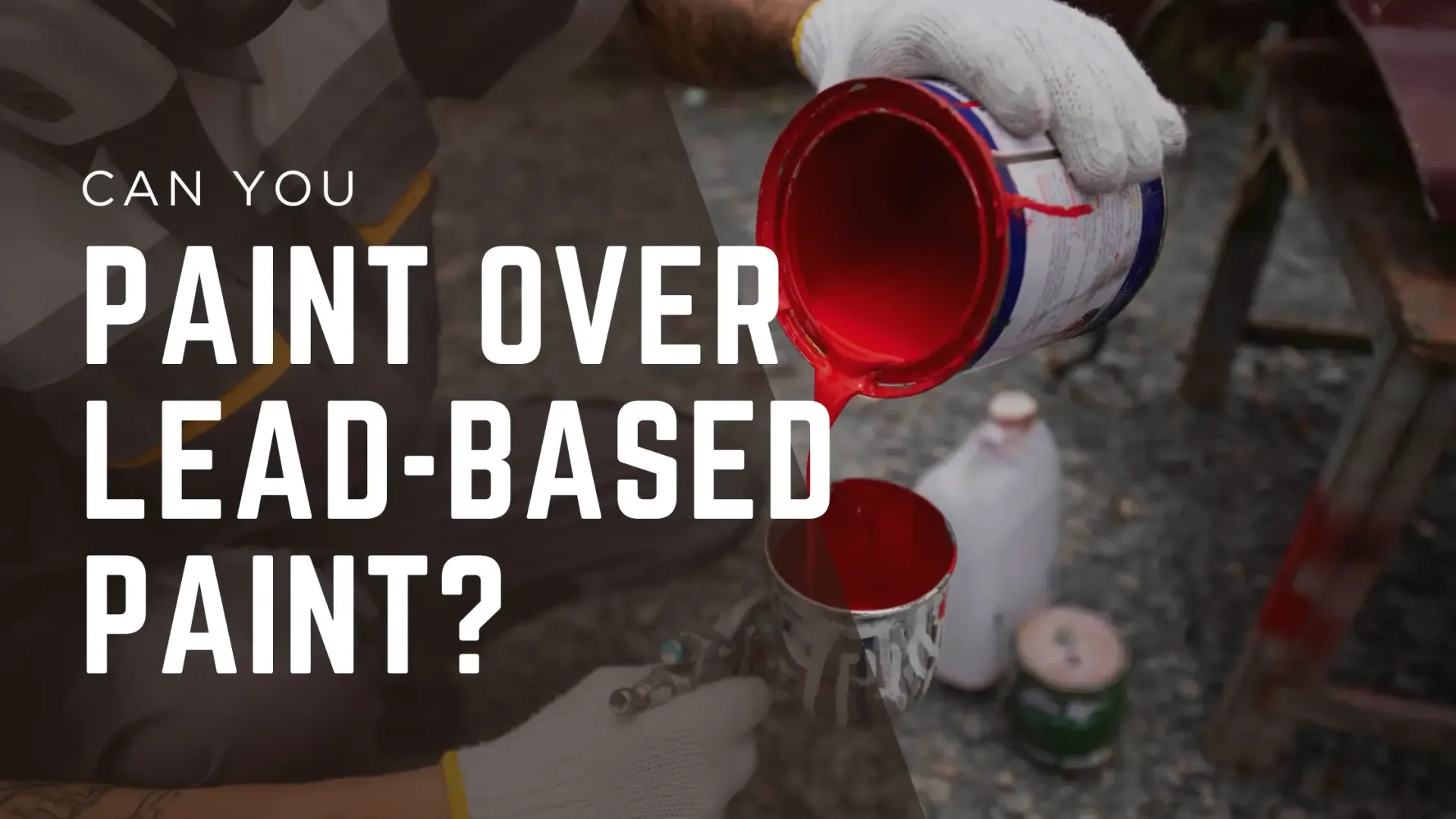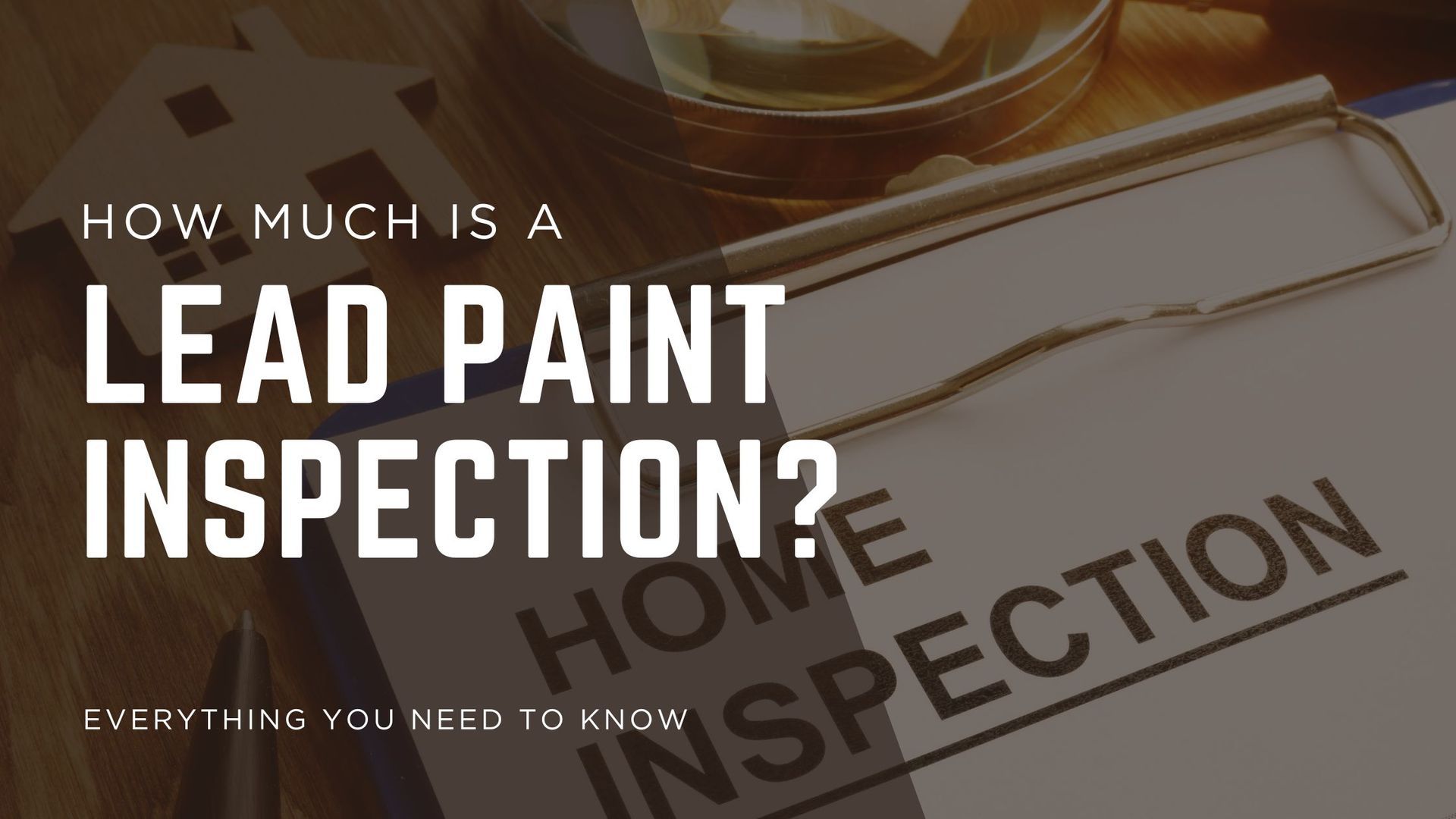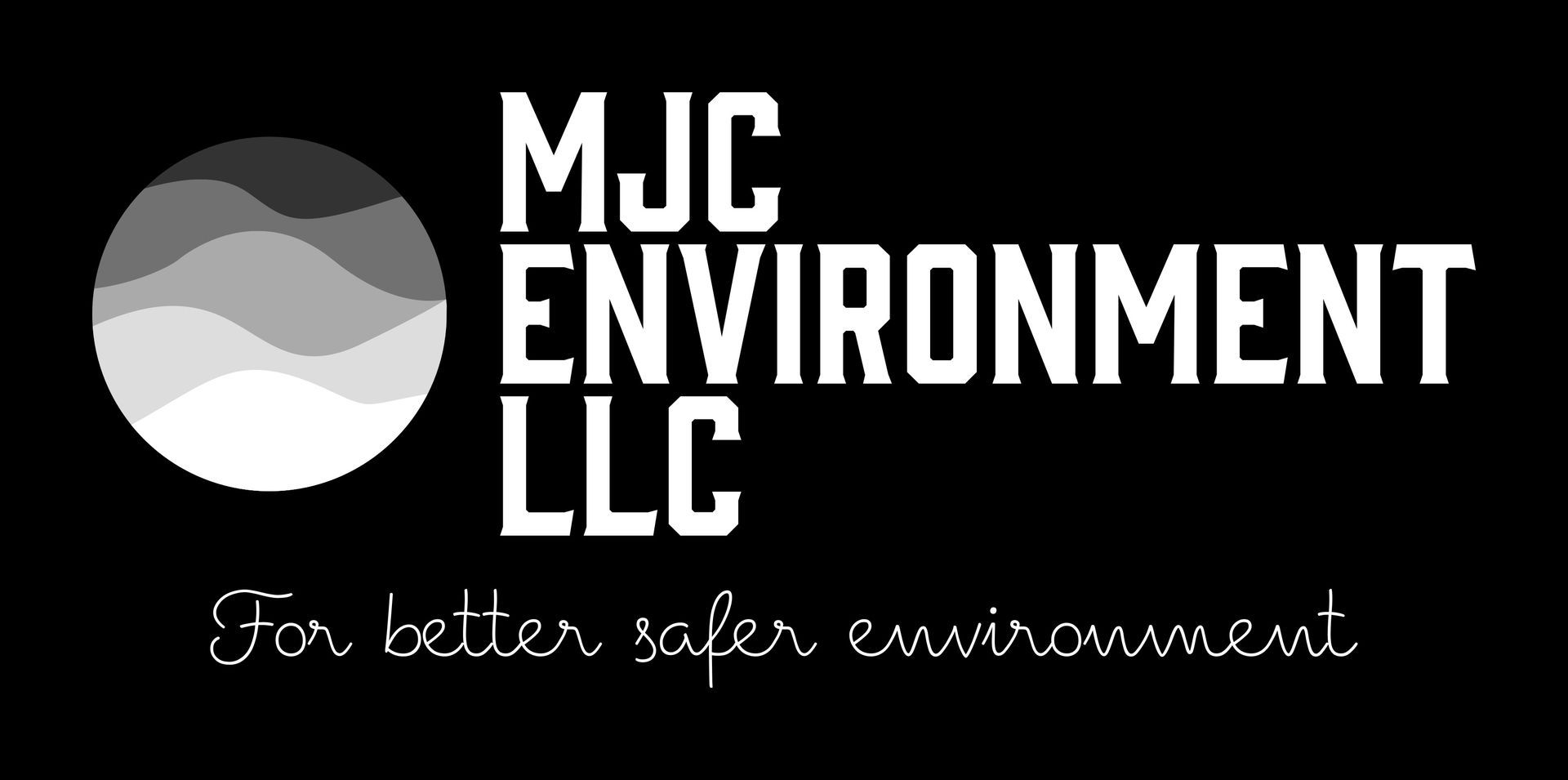Will Painting Over Lead Paint Make It Safe?
You just bought a charming old house with beautiful wood trim, tall ceilings, and plenty of history. It sounds perfect until you learn that those walls may be covered in lead paint. Do not panic, but do pay attention. You are not alone in wondering will painting over lead paint make it safe or just make it look better for a while.
If you are unsure where to begin, MJC Environmental LLC for Lead Paint Inspection services in NYC and New Jersey is a great place to start. Their certified inspectors can help you understand exactly what you are dealing with before you open a can of paint. When it comes to lead, guessing is never the right approach.
Can You Just Paint Over Lead Paint?
The short answer is sometimes. The safe answer is only if you do it correctly. Painting over lead paint safely can work as a temporary fix when the surface underneath is smooth and stable. This process, known as encapsulation, creates a barrier that prevents lead dust and chips from becoming airborne. However, encapsulation is not a permanent solution. Over time, moisture, friction, and everyday wear can cause cracks or peeling, allowing lead particles to resurface. Before painting, ask yourself:
- Is the existing paint peeling, chipping, or cracking?
- Do any areas see frequent rubbing, such as doors or windows?
- Are children or pets likely to chew or scratch painted surfaces?
- Is there moisture or humidity in the room, such as a kitchen or bathroom?
If you answered yes to any of these, painting over lead paint could create a larger problem instead of solving one.
The Right (and Wrong) Way to Paint Over Lead Paint
If your lead paint is in good condition, you can still proceed, but you need to take serious precautions.
The Right Way
- Clean the surface carefully using a damp cloth to remove dust. Never dry-sand or scrape.
- Use a certified encapsulant paint that is specifically made to seal in lead.
- Wear proper protective gear such as gloves and a mask, and make sure the area is well ventilated.
- Keep children and pets out of the area until the paint has fully dried.
- Inspect the area regularly for any signs of wear, cracking, or bubbling.
The Wrong Way
- Sanding or scraping the old paint, which spreads toxic lead dust.
- Using regular household paint instead of encapsulant.
- Ignoring existing damage or moisture problems.
- Skipping a professional inspection.
Even if everything looks fine after you paint, environmental conditions such as humidity or frequent use can weaken the seal over time. Without regular monitoring, you could unknowingly reintroduce lead exposure into your home.
Why Lead Paint Is Still Dangerous (Even When Covered)
Many homeowners assume that once lead paint is sealed, the danger is gone. Unfortunately, that is not true. The real risk comes from
lead dust, which forms when paint deteriorates or surfaces rub against each other.
Why this is still dangerous:
- Even small amounts of lead dust can cause
developmental and neurological problems in children.
- Adults exposed to lead may experience
memory issues, kidney damage, and high blood pressure.
- Routine household activities like opening windows or cleaning can disturb painted surfaces and release lead particles into the air.
- Encapsulation helps reduce exposure, but it does not remove the hazard entirely. Over time, the coating can weaken, especially in high-traffic or humid areas. Regular testing and maintenance are essential to make sure your home remains safe.
The Importance of a Lead Paint Inspection
If you have ever asked yourself is it safe to paint over lead paint, the answer is that it depends on the condition of your walls, the materials you use, and how carefully you follow safety procedures.
A professional inspection identifies exactly where lead paint exists, evaluates its condition, and determines whether encapsulation or removal is the right approach. Inspectors also use specialized equipment to detect hidden hazards behind multiple layers of paint, something that DIY testing kits often miss. Knowing the full picture before you begin painting protects both your home and your health.
Conclusion
Painting over lead paint can make your home look fresh and feel safer, but only when done correctly. It is not a permanent fix and skipping inspection steps can lead to serious health risks. If you are wondering how to make painting over lead paint safe, the answer begins with expert guidance and accurate testing.
Contact
MJC Environmental LLC for Lead Paint Inspection services in NYC and New Jersey today to schedule a professional inspection and keep your family safe while preserving your home’s charm.




